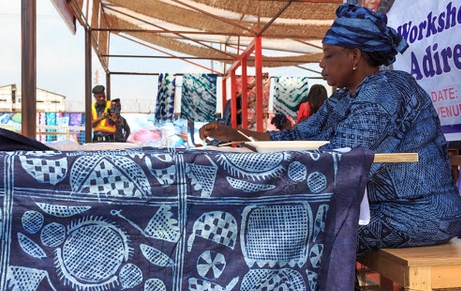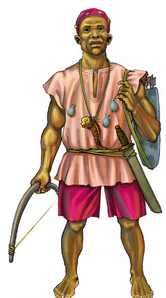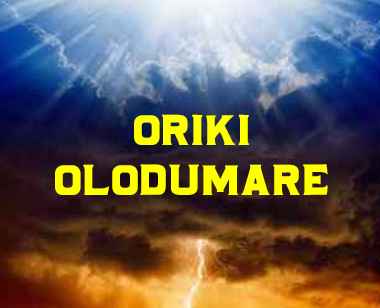
support@yorubalibrary.com
+2348073529208, 07038599574

The Yoruba people of Nigeria are renowned for their rich cultural heritage, particularly in the art of textile design. This craft, passed down through generations, plays a significant role in Yoruba culture, symbolizing status, history, and identity.
History of Yoruba Textile Art
Yoruba textile design dates back centuries, reflecting the cultural evolution of the Yoruba people. Traditionally, these textiles were woven by men on horizontal looms and by women on vertical looms, each producing distinct patterns and styles. These designs often depicted stories, proverbs, and historical events, serving as a medium of communication.
Materials and Techniques
Yoruba textiles are crafted from a variety of materials, including cotton, silk, and locally sourced fibers. The techniques used are intricate and require a high level of skill. Some of the most notable techniques include:
• Adire: A resist-dyeing technique that creates beautiful patterns on fabric using indigo dye.
• Aso-Oke: A handwoven cloth made from cotton and silk, often used for special occasions and ceremonies.
• Kijipa: A heavy-duty cloth made from locally sourced fibers, traditionally worn by farmers and laborers.
Popular Yoruba Textile Patterns
Several patterns are synonymous with Yoruba textiles, each carrying unique meanings and uses:
Eyin Agbon (Coconut Shells)
This pattern, resembling the shape of coconut shells, symbolizes fertility and abundance. It is often used in fabrics for special ceremonies and celebrations.
Alaroro (Wavy Lines)
Wavy lines represent water, a vital element in Yoruba cosmology. This pattern is often seen in fabrics used for rituals and spiritual ceremonies.
Cultural Significance
Yoruba textiles are not merely decorative; they hold deep cultural and spiritual significance. They are used in various ceremonies, including weddings, funerals, and festivals. Each pattern and color choice is deliberate, conveying messages and traditions that have been preserved for generations.
Modern Adaptations
In recent years, Yoruba textile designs have found a place in contemporary fashion. Designers incorporate traditional patterns into modern clothing and accessories, showcasing the beauty and cultural richness of Yoruba textiles to a global audience. This fusion of old and new ensures the preservation and evolution of this timeless art form.
Conclusion
Yoruba textile designs and patterns are a testament to the creativity and cultural depth of the Yoruba people. From traditional techniques like Adire and Aso-Oke to the symbolic patterns of Eyin Agbon and Oni, these textiles continue to play a crucial role in preserving Yoruba heritage and identity.

Learn about the Yoruba concept of Ìwà Pẹ̀lẹ́ (good…

Learn special praises for Divine Being and Creator…